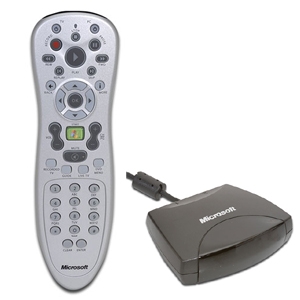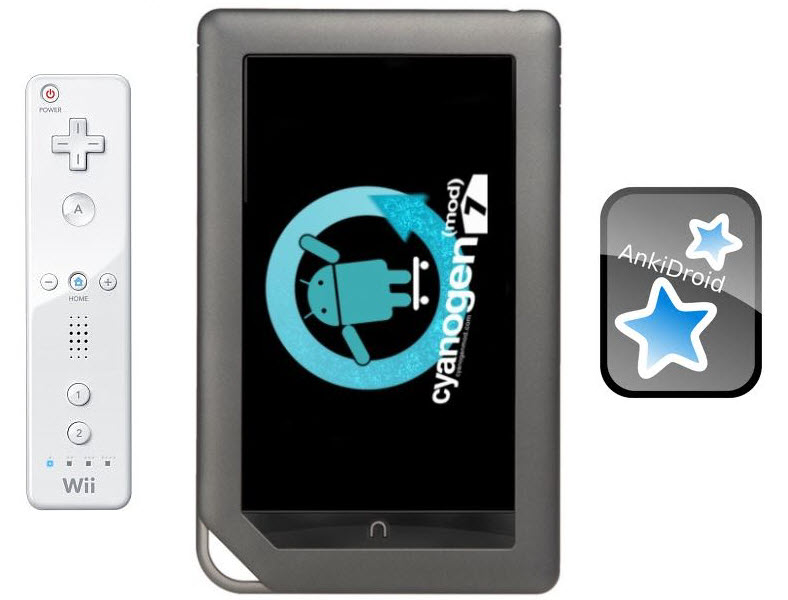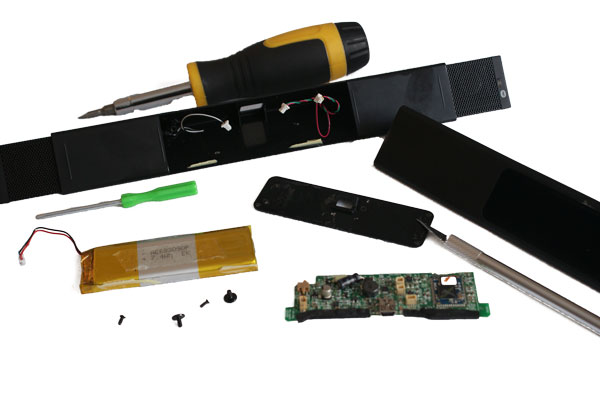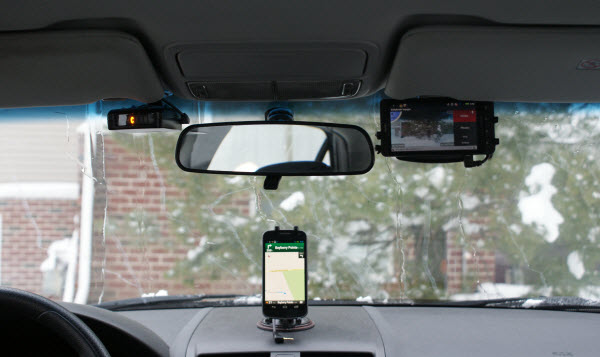When confronted with information overload on a daily basis, one quickly learns how to be efficient when it comes to memorization. One of my favorite tools for this daunting task is Anki, a multi-platform flashcard application that uses the principle of Spaced Repetition to maximize retention of information. There’s nothing more frustrating to spend, say, a semester learning the intricacies of Biochemistry just to forget everything a year later when it comes time to review for an exam. Sadly, I haven’t managed to solve this particular problem, but Anki is the closest to a solution I have come across.
There are plenty of tutorials out there on what Anki is and how to use it, so what I’d like to focus on is my setup for reviewing cards.
Desktop
To maximize speed and comfort while reviewing 100s of cards in one sitting, I’ve found using the keyboard and mouse to be suboptimal. Instead, I acquired one of these:

Microsoft Media Center IR Remote (A9O-00007)
This is the first half of the equation. The second is a nifty piece of software called LM Remote Keymap. It allows you to assign any keystroke (or other function, such as launching programs etc…) to the button of your choosing on the remote.
By default, Anki is set up to use Enter (or the OK button) and the numbers 1-4 to advance and rate cards. All I had to do was assign a button for Suspending (Hotkey: @), Marking (*) and Undoing (Ctrl-z). I chose to use 3 of the 4 media buttons above the number pad (Recorded TV, Guide, and DVD Menu), because they had no other function outside Media Center.
With this setup, you can assume any number of postures while reviewing; you aren’t stuck in a chair, nor bound by a cord. The next option improves on this idea even further…
Treadmill
Here’s the true breakthrough in efficient studying. If you own a treadmill, the option exists to position it in such a way that allows it to work with the above setup. At the gym, however, one must improvise…
1) Android Tablet, running AnkiDroid (free) – MUST Support Bluetooth
2) Wii Remote

Wiimote + Nook Color (CM7, Rooted) + AnkiDroid + Wiimote Controller App
The process is much like before. You need to map the keys of the Wiimote to function in AnkiDroid. I used the D-pad for rating cards (Left=1, Down=2, Right=3, Up=4) and the A button for advancing cards (Enter). AnkiDroid didn’t have as many hotkeys as the desktop version when I last used it (an update may have fixed this), so I just used the touchscreen if I needed to mark, undo or suspend. I also set the cards to auto-advance after 30sec in the options, marking the current card as failed.
iPad folk – sorry, I’ve had no luck finding a way to replicate this setup. Even with a Jailbroken device, there are few options for Wiimote tethering over Bluetooth, and all of them are either tech demos or usable solely for games. No app exists to map keys…yet?
With the proper setup in place, it’s surprising how much more efficient it is to review flashcards. Mastering Anki’s many functions, such as filtering cards by tag, creating filtered decks, and most importantly – designing cards in a suitable fashion for memorizing – are things that come with time and practice. With its growing popularity, multitudes of high quality, shared decks, and compatibility (with sync) for all of the major operating systems, Anki is unparalleled for reviewing flashcards in a digital format.
UPDATE: Well, what do you know, using Anki on a Treadmill actually has research to support its effectiveness. Seth Roberts has an excellent post detailing the synergy of these two activities: Boring + Boring = Pleasant!?



